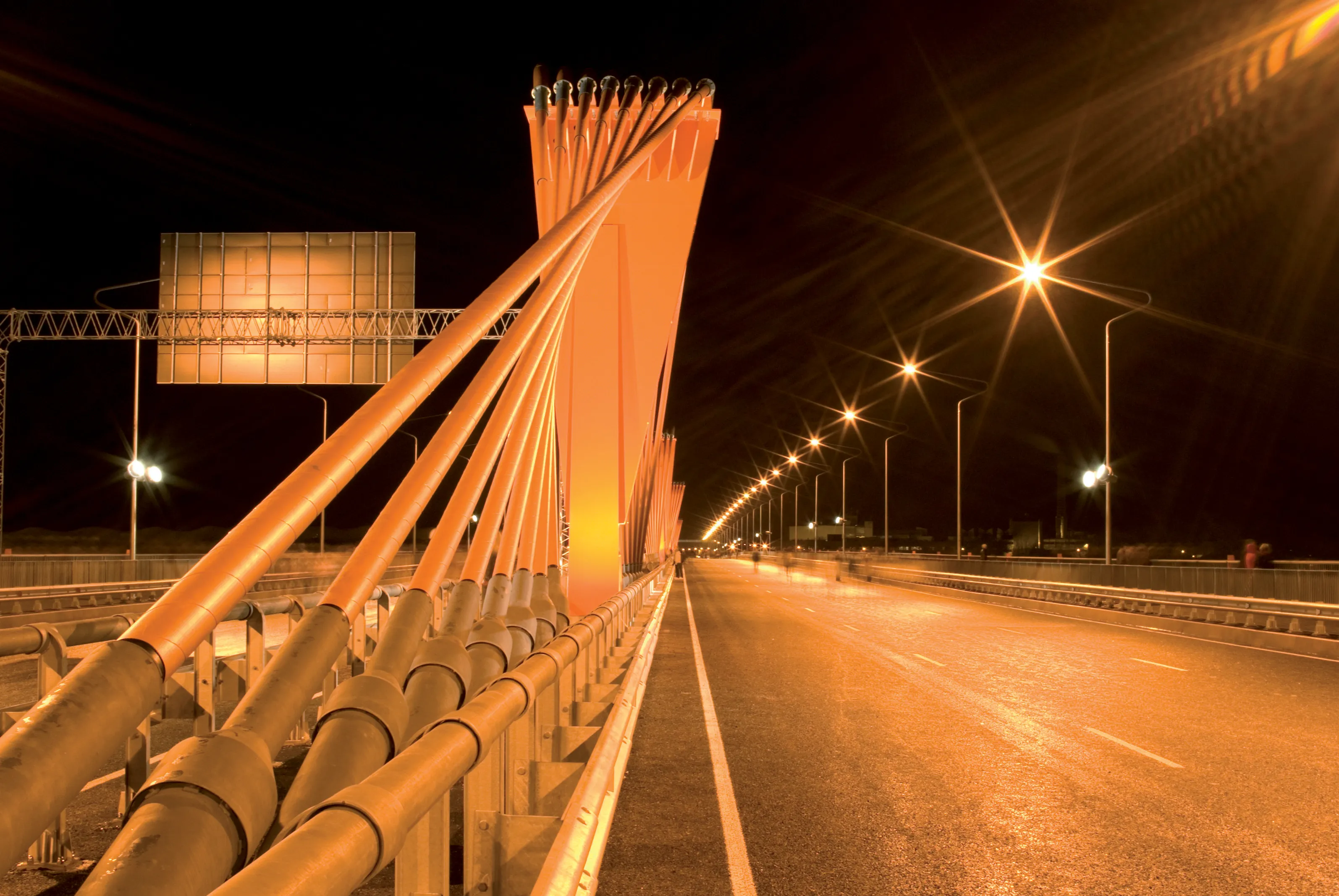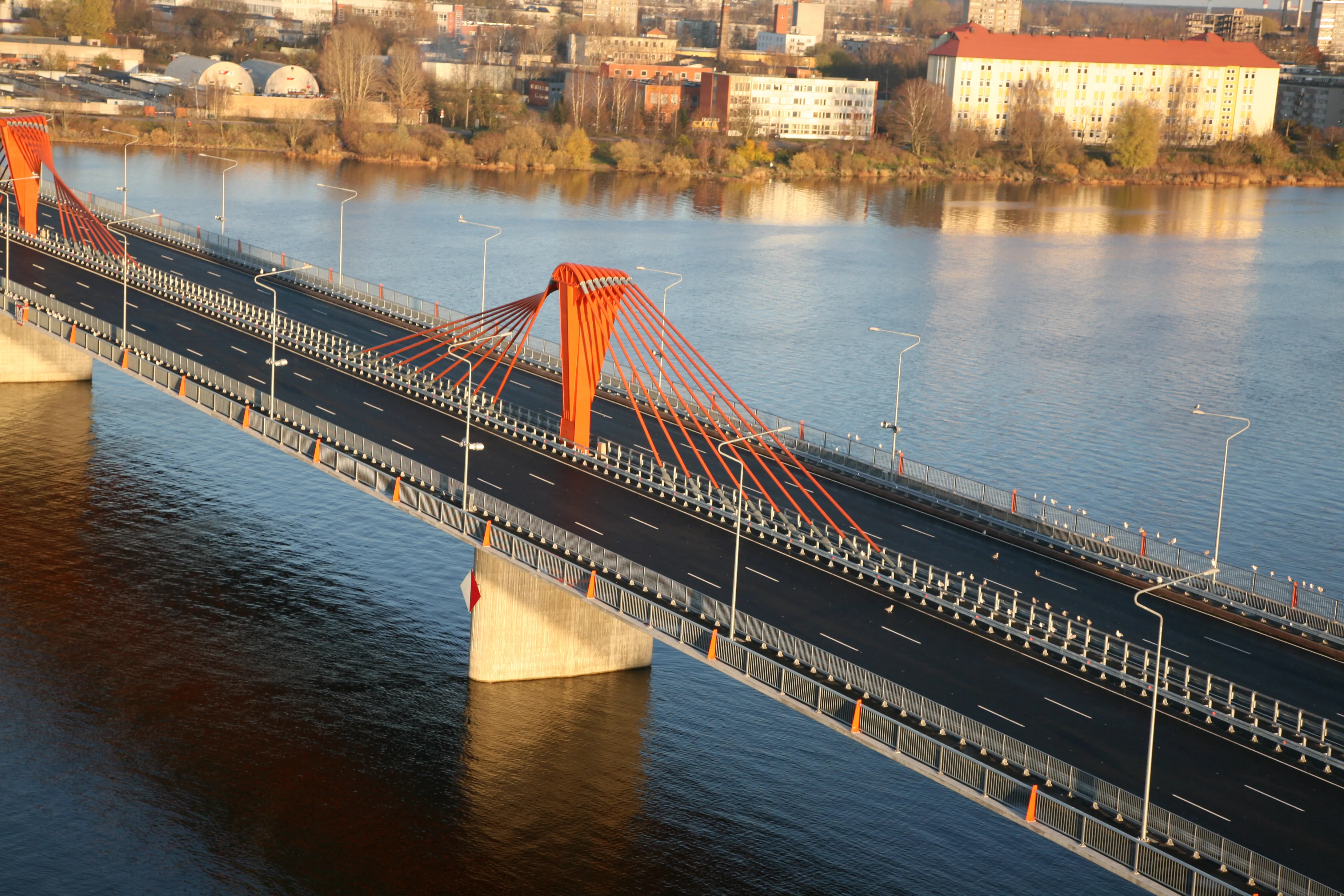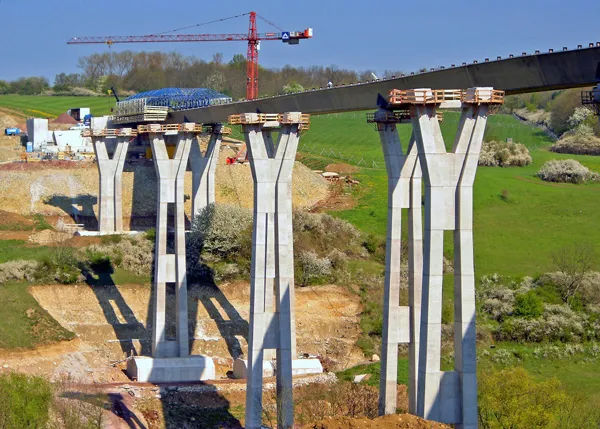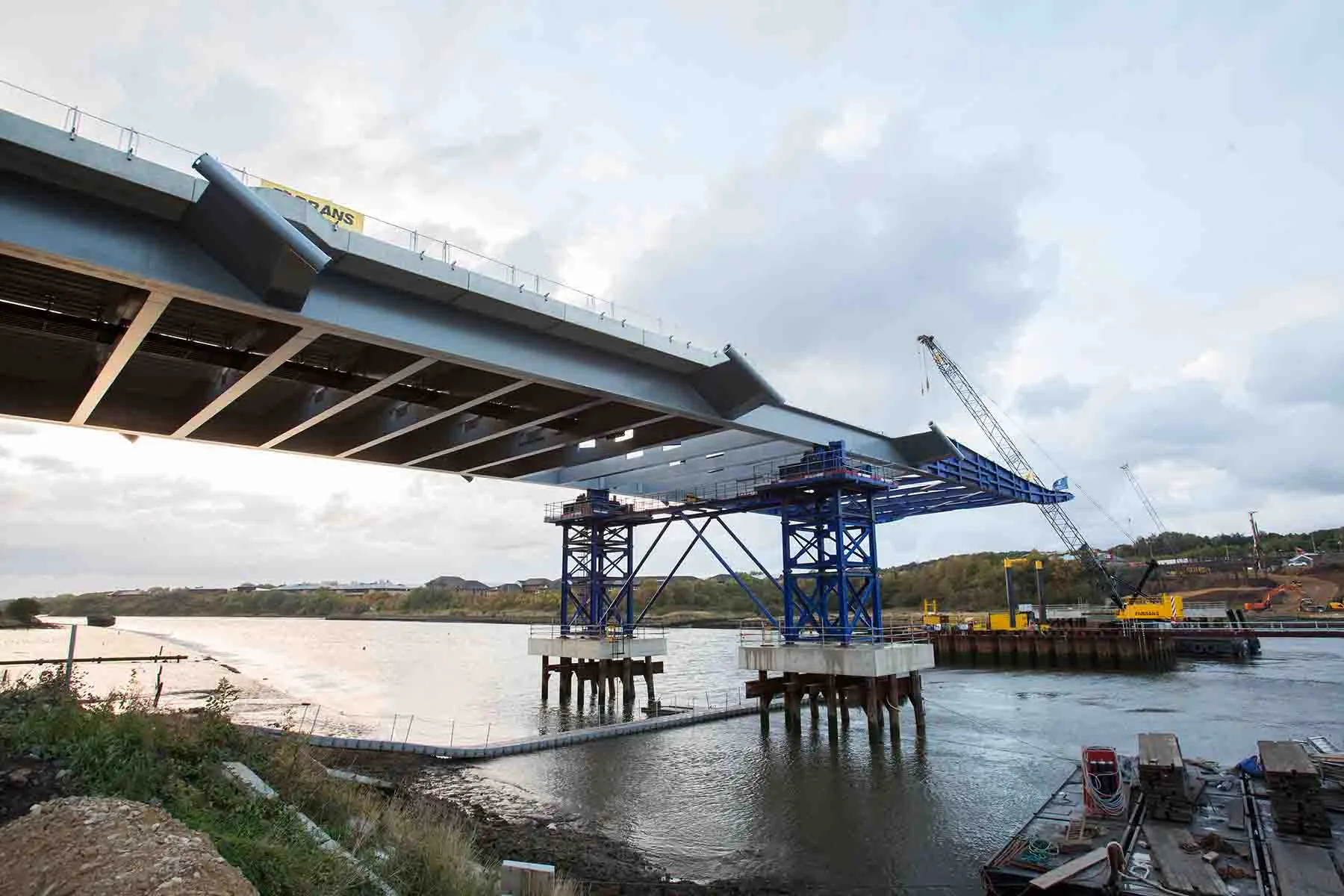The famous Spaghetti Junction in Birmingham, central England marks its 40th birthday this week. A firm divider of opinion among the millions of motorists that use it each year, its sprawling concrete arteries at junction six of the M6 connect the A38(M) Aston Expressway into central Birmingham. Officially opened on 24 May 1972, the Gravelly Hill Interchange – Spaghetti Junction’s official name - took four years to build and cost between £9m and £10m.
It was subsequently dubbed Spaghetti Junction by newspap
May 21, 2012
Read time: 2 mins
The famous Spaghetti Junction in Birmingham, central England marks its 40th birthday this week.
A firm divider of opinion among the millions of motorists that use it each year, its sprawling concrete arteries at junction six of the M6 connect the A38(M) Aston Expressway into central Birmingham.
Officially opened on 24 May 1972, the Gravelly Hill Interchange – Spaghetti Junction’s official name - took four years to build and cost between £9m and £10m.
It was subsequently dubbed Spaghetti Junction by newspaper reporter, Roy Smith, when he worked on the Birmingham Mail.
Perplexing some motorists, its numerous carriageways, supported by more than 500 concrete columns, follow the line of the local canal and river network on elevated sections.
Motorists voted it the best-known sight seen from UK motorways in an3443 RAC survey in 2007.
In March this year, visitors to Spaghetti Junction were given the chance to be pushed underneath the interchange as part of an art project.
As part of the two-day Track exhibition created by artist Graeme Miller, people got to on boards and be pushed sideways along a 100m track to see the underside of the Junction’s five different levels of roads above.
After its official opening 40 years ago, coach operators ran sightseeing tours at 65p a head.
A firm divider of opinion among the millions of motorists that use it each year, its sprawling concrete arteries at junction six of the M6 connect the A38(M) Aston Expressway into central Birmingham.
Officially opened on 24 May 1972, the Gravelly Hill Interchange – Spaghetti Junction’s official name - took four years to build and cost between £9m and £10m.
It was subsequently dubbed Spaghetti Junction by newspaper reporter, Roy Smith, when he worked on the Birmingham Mail.
Perplexing some motorists, its numerous carriageways, supported by more than 500 concrete columns, follow the line of the local canal and river network on elevated sections.
Motorists voted it the best-known sight seen from UK motorways in an
In March this year, visitors to Spaghetti Junction were given the chance to be pushed underneath the interchange as part of an art project.
As part of the two-day Track exhibition created by artist Graeme Miller, people got to on boards and be pushed sideways along a 100m track to see the underside of the Junction’s five different levels of roads above.
After its official opening 40 years ago, coach operators ran sightseeing tours at 65p a head.









